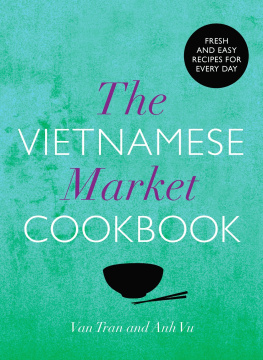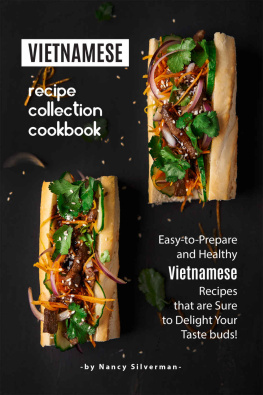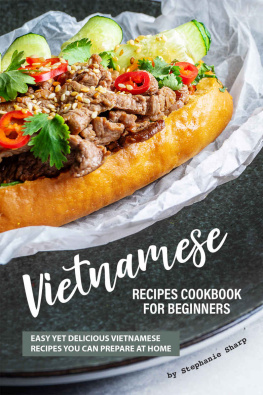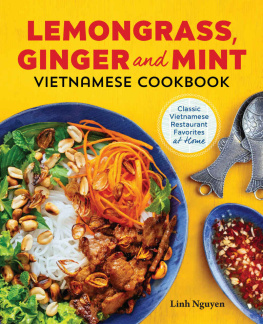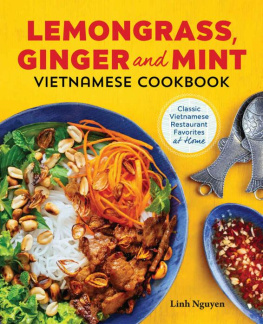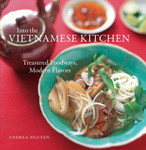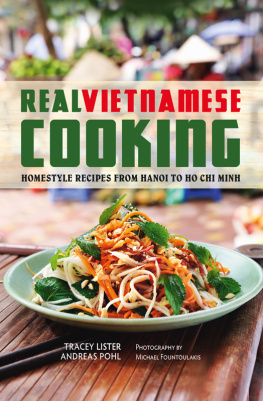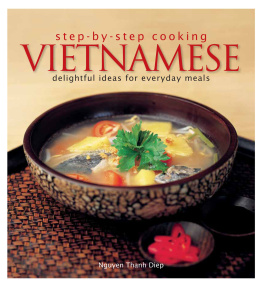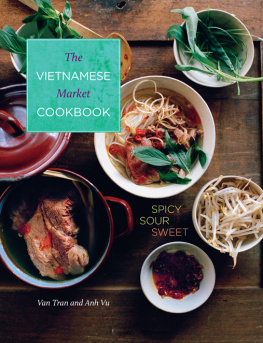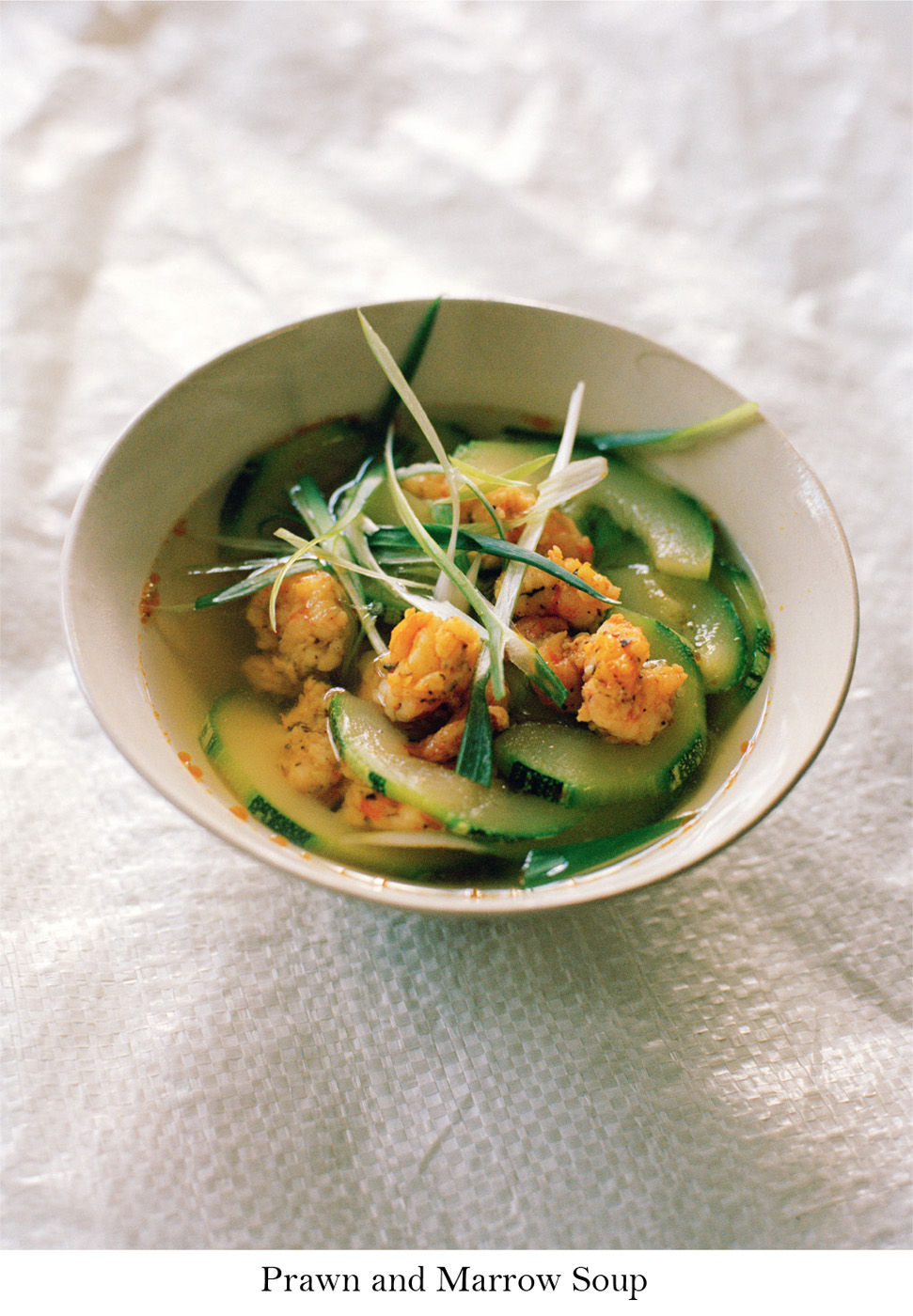CONTENTS
Recipe List
Sweetness is perhaps the most obviously pleasing of the five flavours. Its familiarity stretches back to childhood treats, like the colourful birthday cakes that marked our annual milestones.
By sweetness we dont just mean the puddings and treats that would classify as a sweet on a Western menu. We mean the subtle notes that underpin certain dishes, be they savoury or sweet. This chapter includes some obviously sweet ingredients like seductive soft fruits. But it also includes more unlikely candidates: vegetables such as pumpkin and marrow, which add a sweet note to soup within minutes; and meat and seafood, which, when cooked the right way, release a deep and succulent sweetness.
The savoury recipes in this chapter all have sweet qualities, for example the pork belly which is steeped in caramelised sugar then slowly simmered to release a wonderfully honeyed flavour.
In this chapter we include a classic Vietnamese noodle soup called pho. For us, pho is all about sweetness, despite being a main course. In the same way Western soups use stock, pho is based on a broth made from slowly boiled bones. This slow-cooked broth releases a delightful sweetness which is intrinsic to the dish.
Anh and I still believe the most authentic pho noodle soup is only found in the Old Quarter of Hanoi. The Hanoian palate prefers a gentle sweetness, not the saccharine, MSG-laden offerings of ersatz versions. Hanois pho is simple: a clear stock, tender meat, a fine sprinkling of fresh herbs, a couple of slices of fresh chilli, a wedge of lime, and no cluttering with beansprouts.
The soul of this pho is the broth the fragrance is irresistible: cinnamon, cardamom, star anise, coriander seeds and ginger. The sweetness of pho is deep: it doesnt hit the tip of your tongue, but leaves a satisfying kick at the back of your throat.
The first time I had pho in Vietnam as a grown-up was on my first return visit after moving away, and it was then that I understood why my mother had always gone to the effort of making this dish during the years we lived outside Vietnam.
We sat on plastic stools in the heat of Hanoi in July and watched as steaming ladles of broth were poured into large white bowls that gleamed in the early morning sun. Here in Vietnam, street food is simply home cooking that has sprawled out onto the street. People open up their shop-front living rooms, put out more chairs and tables on the pavement and serve from a stall set up by the entrance.
As we sipped the pho, my mother commented on how soft the fresh, hand-made noodles were. I had never seen her so content, so at home. For the first time, I saw her as a friend, as a person with her own life story, secrets and dreams. And for the first time, I understood the power of food to spark memories and make you feel at home. I saw how the cuisine carries the culture. Never again would I question why my mother went to such lengths to replicate Hanoian recipes abroad. Through her cooking she rooted us in family tradition.
That afternoon, my mother went to the hairdresser and got her hair done in the exact same style she wore in those old black and white photos of her hanging on the wall at home. Suddenly she seemed as youthful as me, in her twenties with everything ahead of her. The sweetness of that day still lingers.
Everyday Cooking (An Com)
The Vietnamese dont eat their meals in the sequential order of starter, main course and dessert. At mealtimes the dishes are laid out together and everyone is called to the table. However simple the meal, the trinity of a protein main course, a vegetable side and a soup is honoured. The nurturer of the family, whether it be the mother or the eldest son, is given the important task of serving everyone rice, and typically two bowls is mandatory. Fruits and tea are served afterwards. This traditional Vietnamese format is designed for communal dining. But you can pick out any dish you fancy from the following recipes and enjoy it alone. Or pick any selection to enjoy together with friends and family.
Prawn and Marrow Soup
Soup forms an indispensable part of the Vietnamese meal. Its served together with the main course, usually poured over rice. We make easy, everyday soups from the simplest of ingredients: we boil a vegetable from the fridge, add a pinch of sea salt, muddle in a tomato or a few slices of ginger, and voil. The natural sweetness of many vegetables makes them the mainstay of a comforting soup. Marrow is one of our favourite winter squash, and one of the most dependable vegetables. We use it a chunk at a time, like a good piece of farmhouse Cheddar, and the marrow lasts us a whole week. In this recipe, you can equally well use courgettes.
Serves 2
200g fresh prawns, peeled
200g chunk of marrow
1 tbsp vegetable oil
tsp crushed, garlic
750ml hot water
1 tsp gia vi (or a mix of 2 parts sugar, 1 part sea salt, 1 part ground black pepper, 1 part garlic powder)
2 tbsp fish sauce
1 tbsp chopped spring onion
Marinade:
1 tsp freshly ground black pepper
1 tbsp fish sauce
tsp chopped garlic
Chop the prawns coarsely.
Combine all the marinade ingredients and pour over the prawns. Cover and leave to marinate for a couple of minutes while you prepare the marrow.
Peel the marrow, cut in half lengthways and remove any seeds. Then use a vegetable peeler to slice the marrow into thin slices of about 1 mm.
In a heavy-bottomed pan, heat the oil then stir in the garlic until the oil is fragrant. Pour in the marinated prawns and stir quickly until they turn pink.
Pour in the hot water and leave to boil, skimming off any foam that builds up.
Season with the gia vi and the fish sauce, and add the marrow slices. Cook for about 5 minutes until soft.
Take off the heat and sprinkle with the chopped spring onion before serving.
Note: if you want the broth to be extra sweet then buy unpeeled prawns to peel yourself. Cook the shells separately in the 750ml of water for 510 minutes. Remove the shells before adding the water to the sauted prawns.
Asparagus and Crabmeat Soup
We are big fans of asparagus. In late spring, when asparagus is plentiful at the market, we pick up a couple of bunches every week. It is so versatile we boil it with a dash of ginger, or make a stir-fry (see ), or pan-fry it lightly with a smidgen of butter, a dash of lemon juice and a sprinkling of sesame.
Asparagus and crabmeat scream luxurious cooking, but the truth is you need only use a modest amount of each to create a big splash.
Serves 4
1.5l chicken stock (see or use ready-made)
1 tbsp vegetable oil
1 tbsp chopped shallot
100g white crabmeat
1 tsp fish sauce
2 tbsp cornflour
4 tbsp cold water
1 bunch asparagus
50g fresh shiitake mushrooms (or 20g dried)
Freshly ground black pepper, to taste
2 tbsp chopped fresh coriander, to serve
In a large pan, bring the chicken stock to the boil.
In a separate, heavy-bottomed pan, heat the oil then stir in the chopped shallot, stirring quickly until the oil is fragrant. Add the crabmeat and flash-fry for a couple of minutes, before seasoning with the fish sauce.
Next page
